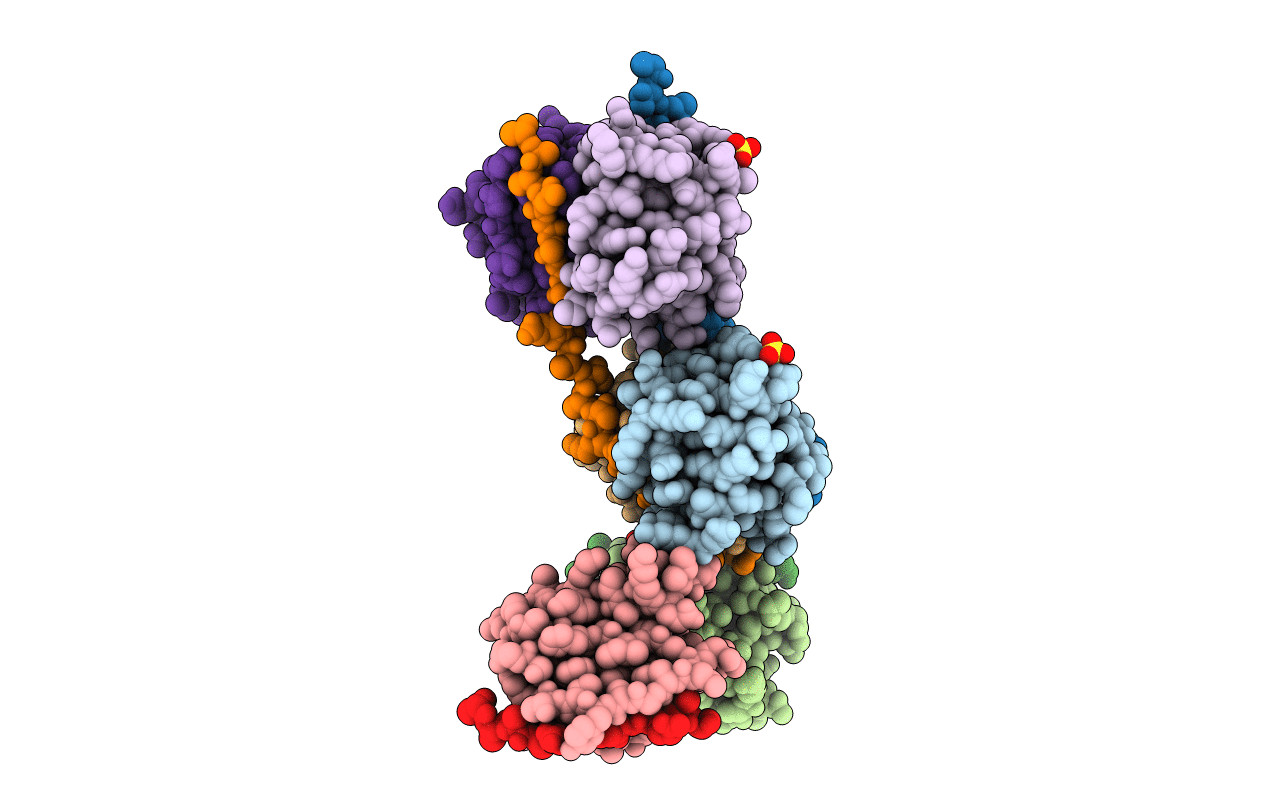
Deposition Date
2020-09-11
Release Date
2021-03-03
Last Version Date
2023-10-18
Entry Detail
PDB ID:
7K3J
Keywords:
Title:
Crystal structure of dLC8 in complex with Panoramix TQT+TQ peptide
Biological Source:
Source Organism:
Drosophila melanogaster (Taxon ID: 7227)
Host Organism:
Method Details:
Experimental Method:
Resolution:
2.50 Å
R-Value Free:
0.27
R-Value Work:
0.24
R-Value Observed:
0.25
Space Group:
P 1 21 1


